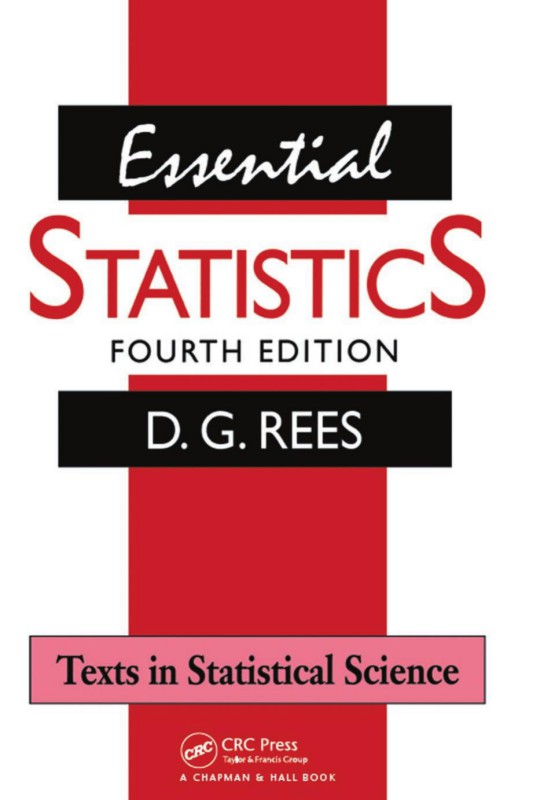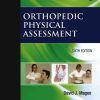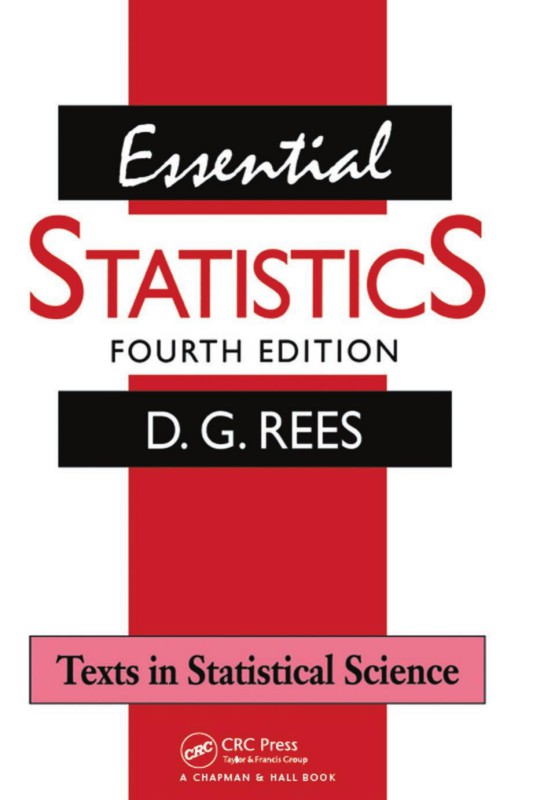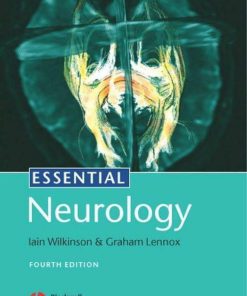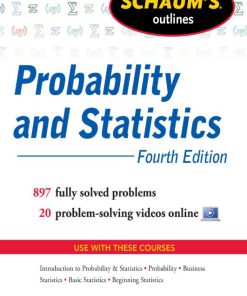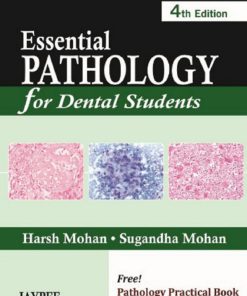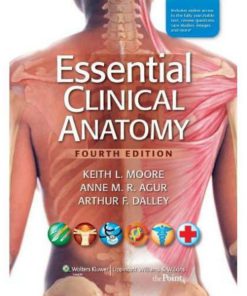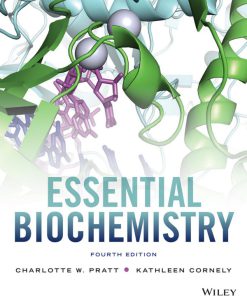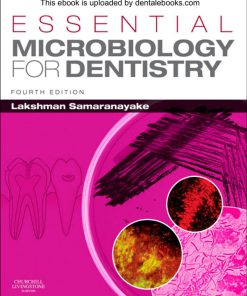Essential Statistics 4th edition by Rees ISBN 1584880074 978-1584880073
Original price was: $50.00.$25.00Current price is: $25.00.
Authors:D. G. Rees , Series:Mathematics [17] , Tags:Mathematics; Probability & Statistics; General; Science; Life Sciences; Biology , Author sort:Rees, D. G. , Ids:Google; 9781584880073 , Languages:Languages:eng , Published:Published:Dec 2000 , Publisher:CRC Press , Comments:Comments:An introductory text for students taking a first course in statistics-in fields as diverse as engineering, business, chemistry, and biology-Essential Statistics: Fourth Edition thoroughly updates and enhances the hugely successful third edition. It presents new information on modern statistical techniques such as Analysis of Variance (ANOVA), and software such as MINITABTM for WINDOWS.An experienced former lecturer, the author communicates to students in his trademark easy-to-follow style. Keeping complex mathematical theory to a minimum, Rees presents a wealth of fully explained worked examples throughout the text. In addition, the end-of-chapter Worksheets relate to a variety of fields-enabling students to see the relevance of the numerous methods to their study areas. Essential Statistics: Fourth Edition emphasizes the principles and assumptions underlying the statistical methods, thus providing the tools needed for students to use and interpret statistical data effectively.

